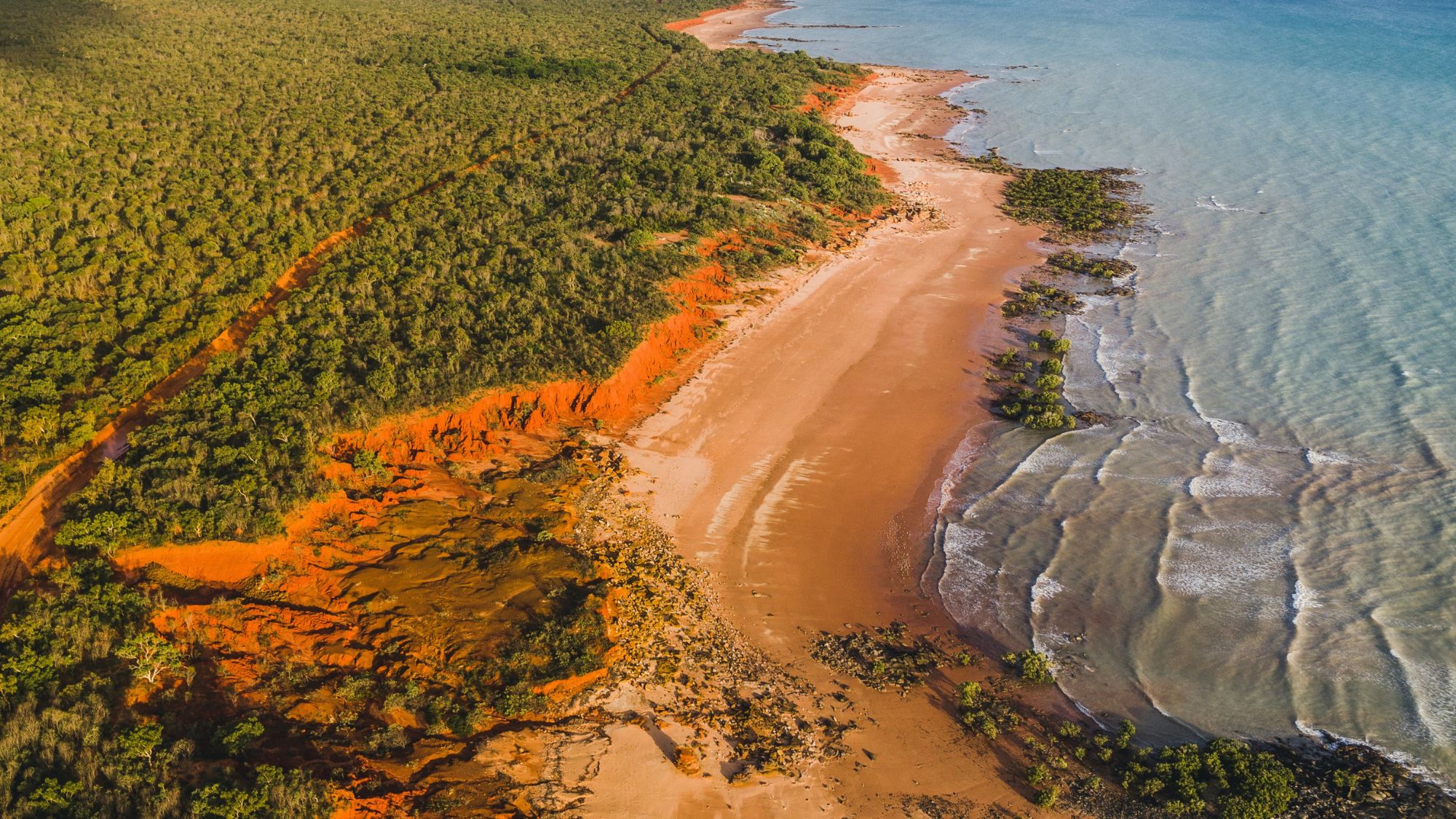Getting the flavor of...Glaciers in twilight
A century and a half ago, Glacier National Park was home to about 150 glaciers. Now there are just 25.
Glaciers in twilight
To visit Montana’s Glacier National Park today is to partake of “last-chance tourism,” said Stephen P. Nash in The New York Times. Just a century and a half ago, the park’s million-plus acres of craggy peaks were home to some 150 majestic glaciers. Now there are just 25, and some experts believe that all of those will melt away by 2020. An Alpine glacier is a singular sight. The 68-acre Sexton Glacier, one of the easiest for hikers to reach, is “a massive, ragged smear of snow-laden ice” perched just below the mountains’ “sawtooth skyline.” I reach another after pleasant rides on both a roll-top tour bus and a modest passenger boat, which traverses an icy lake to deliver me to my chosen trailhead. This second glacier glows brilliantly in the sun despite its summer covering of windblown grit. “It seems immense, too big to disappear, and nearly crowds everything else from consciousness.” And to think: It might last only nine more years.
The wilds of Newfoundland
The Week
Escape your echo chamber. Get the facts behind the news, plus analysis from multiple perspectives.

Sign up for The Week's Free Newsletters
From our morning news briefing to a weekly Good News Newsletter, get the best of The Week delivered directly to your inbox.
From our morning news briefing to a weekly Good News Newsletter, get the best of The Week delivered directly to your inbox.
Canada’s Gros Morne National Park is an “astonishingly beautiful” wilderness with an unusual geological history, says Mary Loudon in the London Times. A UNESCO World Heritage Site, it stretches across 450,000 acres of mountains, fjords, and forests in Newfoundland. Its most striking feature is the Tablelands, a range of flat-topped, desolate orange formations that look incongruous among the surrounding forests. They belong to the earth’s mantle, but were pushed up above its crust by tectonic forces half a billion years ago. Gros Morne itself “is not a mountain to be undertaken lightly,” but the view from its 2,297-foot summit is breathtaking. A day after that climb, a guide and I go kayaking in the ocean, “with porpoises for company and bald eagles eyeing us from above.” When I return home, I’ll surely forget that my worries are small. Here, I am “cut down to size” by the mountains and sea, “refreshed by rocks and water.”
A free daily email with the biggest news stories of the day – and the best features from TheWeek.com
-
 The small Caribbean island courting crypto billions
The small Caribbean island courting crypto billionsUnder the Radar Crypto mogul Olivier Janssens plans to create a libertarian utopia on Nevis
-
 Political cartoons for December 21
Political cartoons for December 21Cartoons Sunday’s political cartoons include Christmas movies, AI sermons, and more
-
 A luxury walking tour in Western Australia
A luxury walking tour in Western AustraliaThe Week Recommends Walk through an ‘ancient forest’ and listen to the ‘gentle hushing’ of the upper canopy